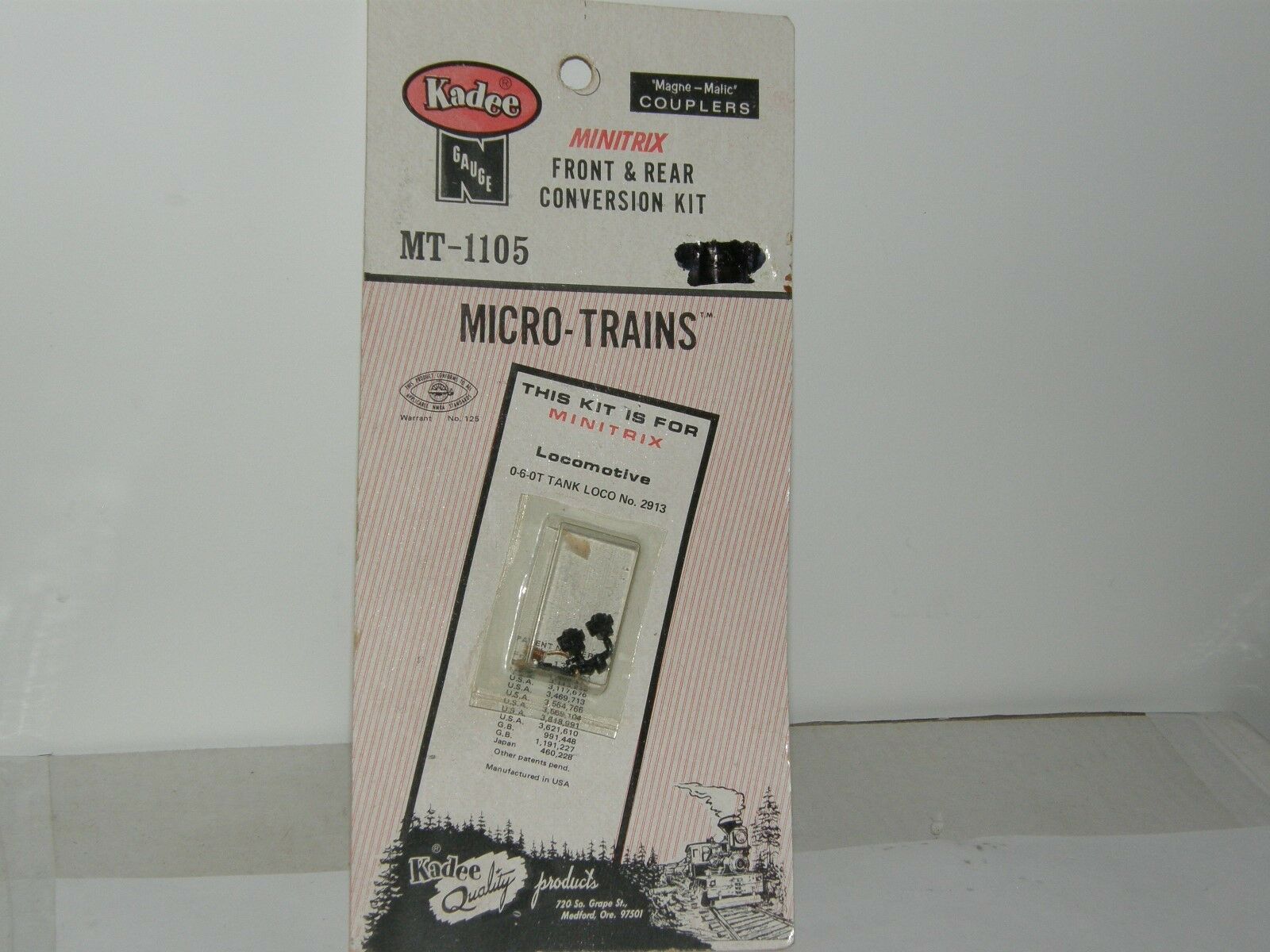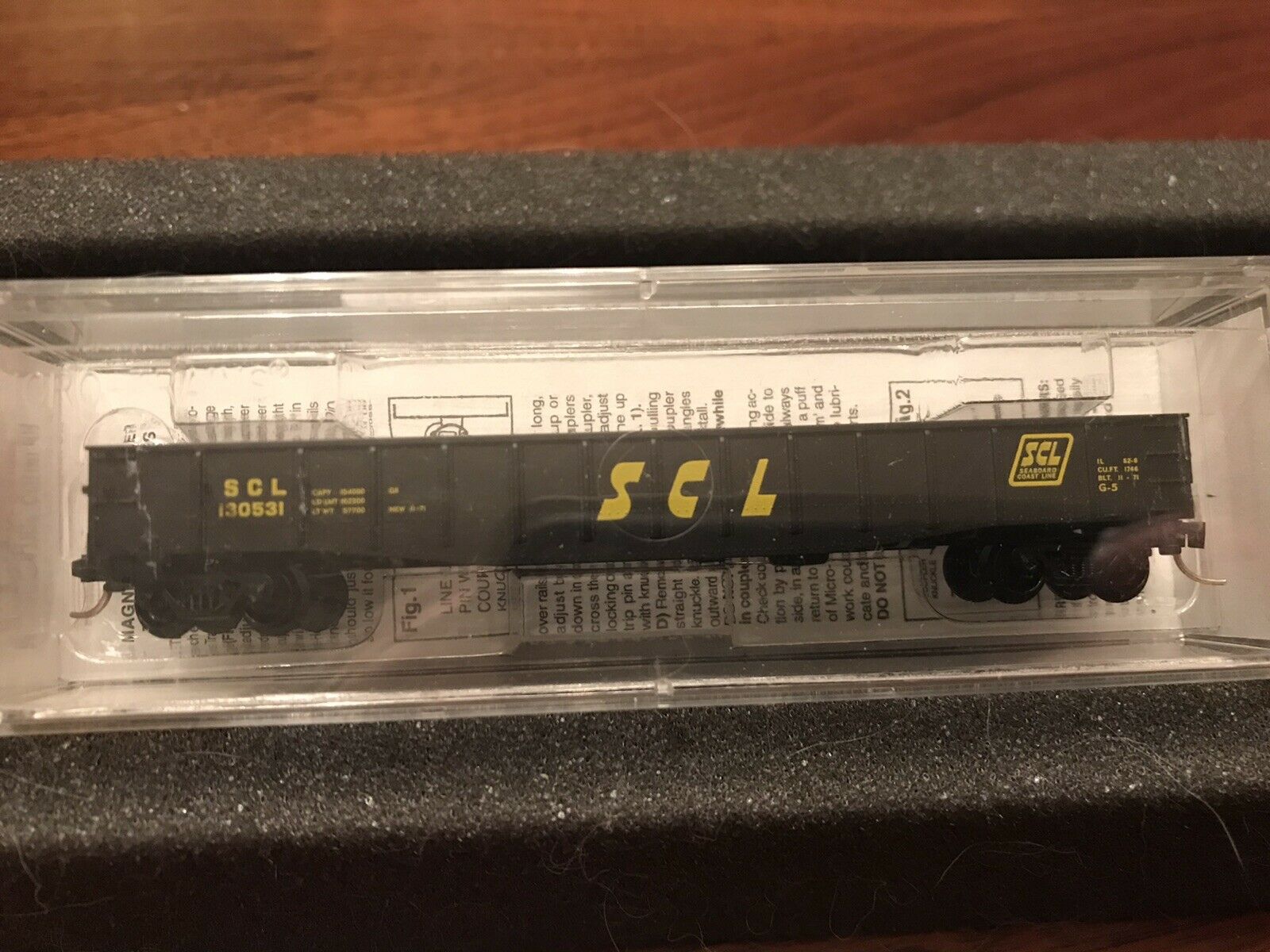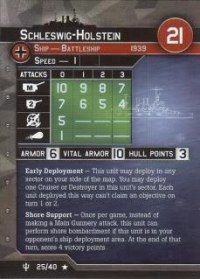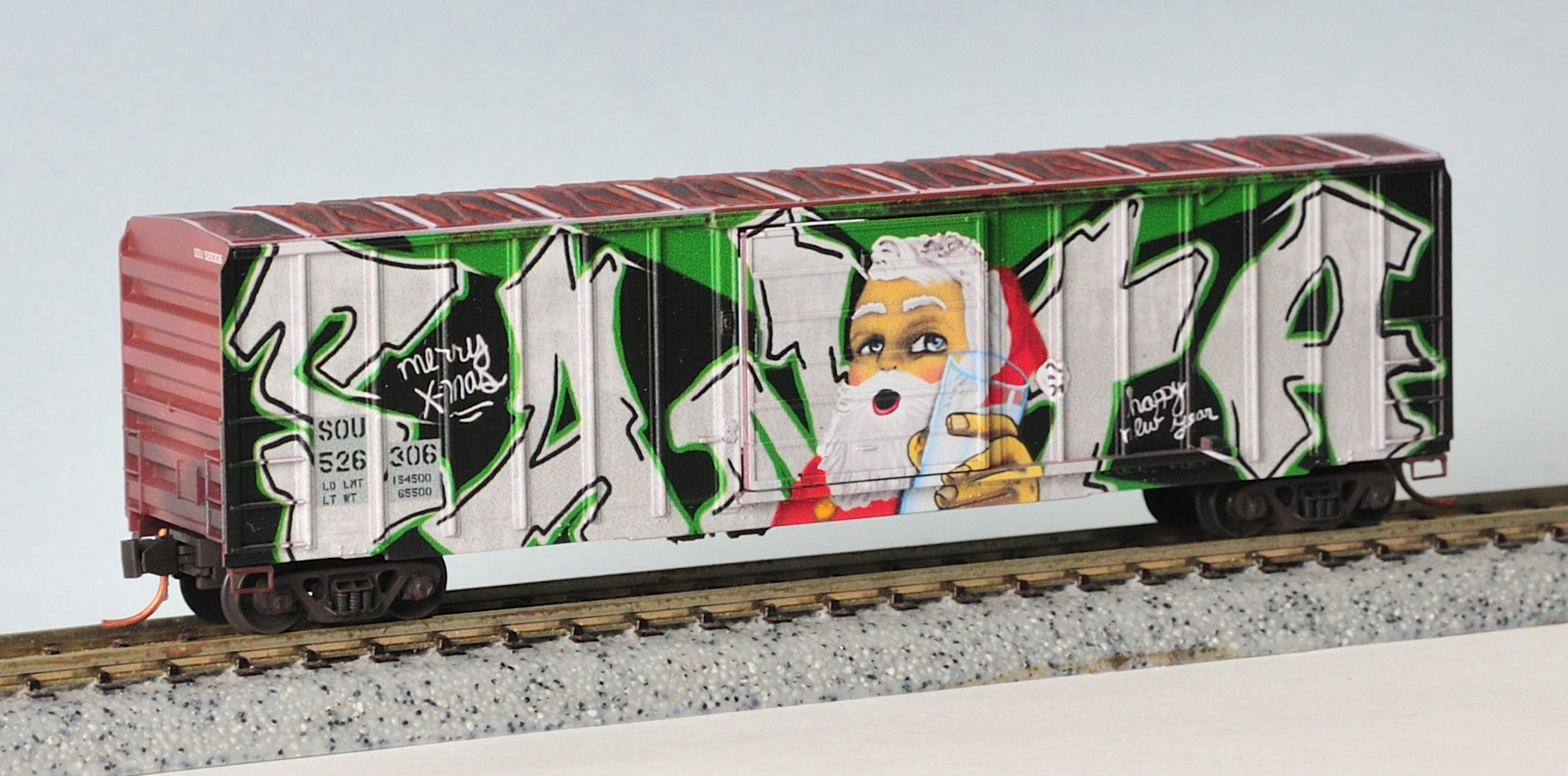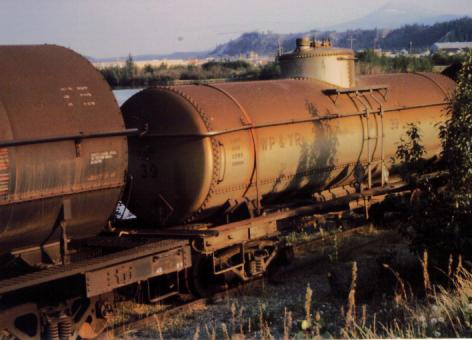Specific Item Information: This 39’ single dome tank car is black with white lettering and runs on Bettendorf trucks. Lettered for the Miranda Sugar Company, this insulated and heated tank car was built in 1919 for the Warner Sugar Refining Company, of Edgewater, N.J. In 1927, Warner was purchased by the National Sugar Refining Company, becoming the largest producer of refined sugar in the United States at the time
Series Name: Sweet Liquid
Prototype History: Single Dome tank cars are a railroad staple. They have been around since the first half of the 20th century. This length car can handle about 10,000 gallons. These railcars carry a wide array of commodities, including liquid fertilizers, chemicals, fuel oils and asphalt, and food-grade oils. Tank cars can be pressurized or non-pressurized, insulated or non-insulated. Single dome cars carry only a single commodity at once. Food-service tank cars may be lined with stainless steel, glass, or plastic. Tank cars carrying dangerous goods are generally made of different types of steel, depending on the intended cargo and operating pressure. They may also be lined with rubber or coated with specialized coatings for tank protection or product purity purpose. The tank heads are also stronger to prevent ruptures during accidents.
One common version is the ACF Type 27 jacketed tank car with expansion dome which was in common use by many railroads and oil companies.
One common version is the ACF Type 27 jacketed tank car with expansion dome which was in common use by many railroads and oil companies.
Road Name History: 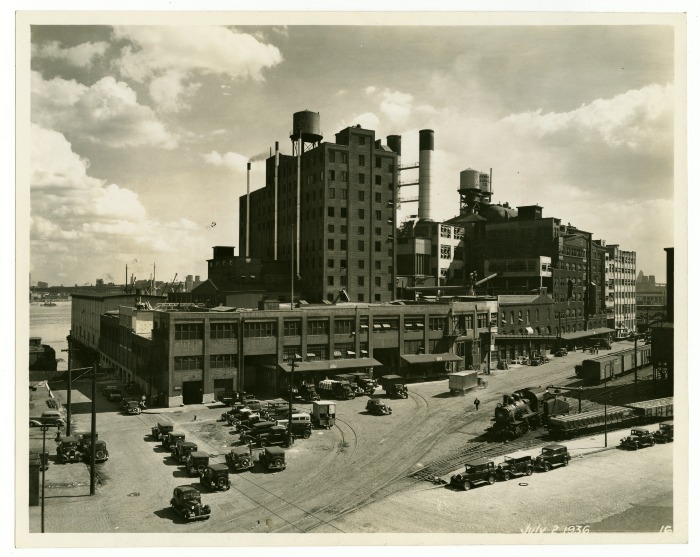 In 1900 Henry O. Havemeyer eliminated the little remaining competition to American Sugar (Domino) in the greater New York City region by consolidating the major competitive refineries in the city into the National Sugar Refining Company of New Jersey. The National Sugar Refining Co. (NSRC) was established by the consolidation of the Mollenhauer, National and New York refineries. It controlled 13 sugar mills in Cuba under a series of different corporate names and reorganized several times, making following its interests somewhat complicated.
In 1900 Henry O. Havemeyer eliminated the little remaining competition to American Sugar (Domino) in the greater New York City region by consolidating the major competitive refineries in the city into the National Sugar Refining Company of New Jersey. The National Sugar Refining Co. (NSRC) was established by the consolidation of the Mollenhauer, National and New York refineries. It controlled 13 sugar mills in Cuba under a series of different corporate names and reorganized several times, making following its interests somewhat complicated.
In May 1920 the NSRC began an expansion program with the establishment of the Cuba-Santo Domingo Sugar Development Syndicate. Although it is likely there was a relationship between the NSRC and the American Sugar Refining Co., it was never clearly stated. The Louisiana Planter and Sugar Manufacturer edition of December 20, 1924 states that negotiations were completed the week prior for the purchase of the NSRC by the American Sugar Refining Co. (Domino Sugar) at a cost of $16.5 million in cash.
Up until the end of 1947, Quaker Sugar was a brand of the Philadelphia Sugar Company. Starting in 1948, it was manufactured by the Pennsylvania Sugar Division of the NSRC, itself a division of Domino. Known to many in the neighborhood as the Sugar House, this long-standing sugar refinery closed its doors in 1984. The Pennsylvania Sugar Refining Company was the last independent producer to fight the giant Sugar Trust early in the 20th century; it later became the Pennsylvania Division of the National Sugar Refining Company in 1942.

In May 1920 the NSRC began an expansion program with the establishment of the Cuba-Santo Domingo Sugar Development Syndicate. Although it is likely there was a relationship between the NSRC and the American Sugar Refining Co., it was never clearly stated. The Louisiana Planter and Sugar Manufacturer edition of December 20, 1924 states that negotiations were completed the week prior for the purchase of the NSRC by the American Sugar Refining Co. (Domino Sugar) at a cost of $16.5 million in cash.
Up until the end of 1947, Quaker Sugar was a brand of the Philadelphia Sugar Company. Starting in 1948, it was manufactured by the Pennsylvania Sugar Division of the NSRC, itself a division of Domino. Known to many in the neighborhood as the Sugar House, this long-standing sugar refinery closed its doors in 1984. The Pennsylvania Sugar Refining Company was the last independent producer to fight the giant Sugar Trust early in the 20th century; it later became the Pennsylvania Division of the National Sugar Refining Company in 1942.
Brand/Importer Information: Micro-Trains Line split off from Kadee Quality Products in 1990. Kadee Quality Products originally got involved in N-Scale by producing a scaled-down version of their successful HO Magne-Matic knuckle coupler system. This coupler was superior to the ubiquitous 'Rapido' style coupler due to two primary factors: superior realistic appearance and the ability to automatically uncouple when stopped over a magnet embedded in a section of track. The success of these couplers in N-Scale quickly translated to the production of trucks, wheels and in 1972 a release of ready-to-run box cars.
Micro-Trains Line Co. split off from Kadee in 1990 to form a completely independent company. For this reason, products from this company can appear with labels from both enterprises. Due to the nature of production idiosyncrasies and various random factors, the rolling stock from Micro-Trains can have all sorts of interesting variations in both their packaging as well as the products themselves. When acquiring an MTL product it is very important to understand these important production variations that can greatly enhance (or decrease) the value of your purchase.
Micro-Trains Line Co. split off from Kadee in 1990 to form a completely independent company. For this reason, products from this company can appear with labels from both enterprises. Due to the nature of production idiosyncrasies and various random factors, the rolling stock from Micro-Trains can have all sorts of interesting variations in both their packaging as well as the products themselves. When acquiring an MTL product it is very important to understand these important production variations that can greatly enhance (or decrease) the value of your purchase.
Item created by: CNW400 on 2021-07-21 12:16:38. Last edited by CNW400 on 2021-07-21 12:16:39
If you see errors or missing data in this entry, please feel free to log in and edit it. Anyone with a Gmail account can log in instantly.
If you see errors or missing data in this entry, please feel free to log in and edit it. Anyone with a Gmail account can log in instantly.




